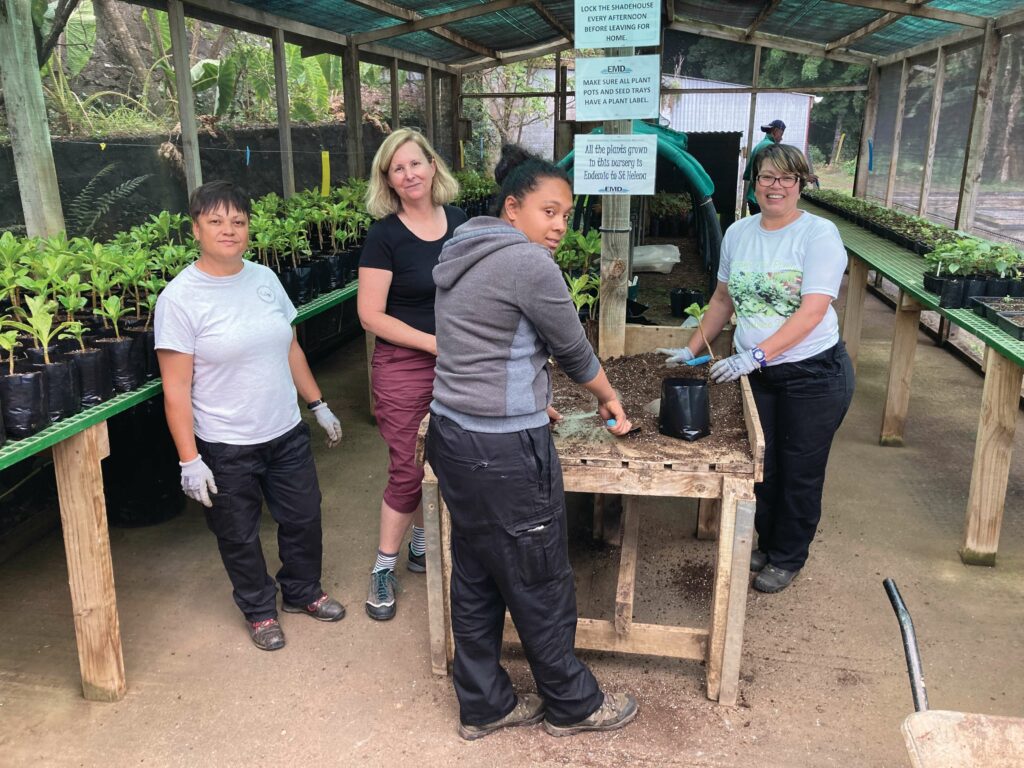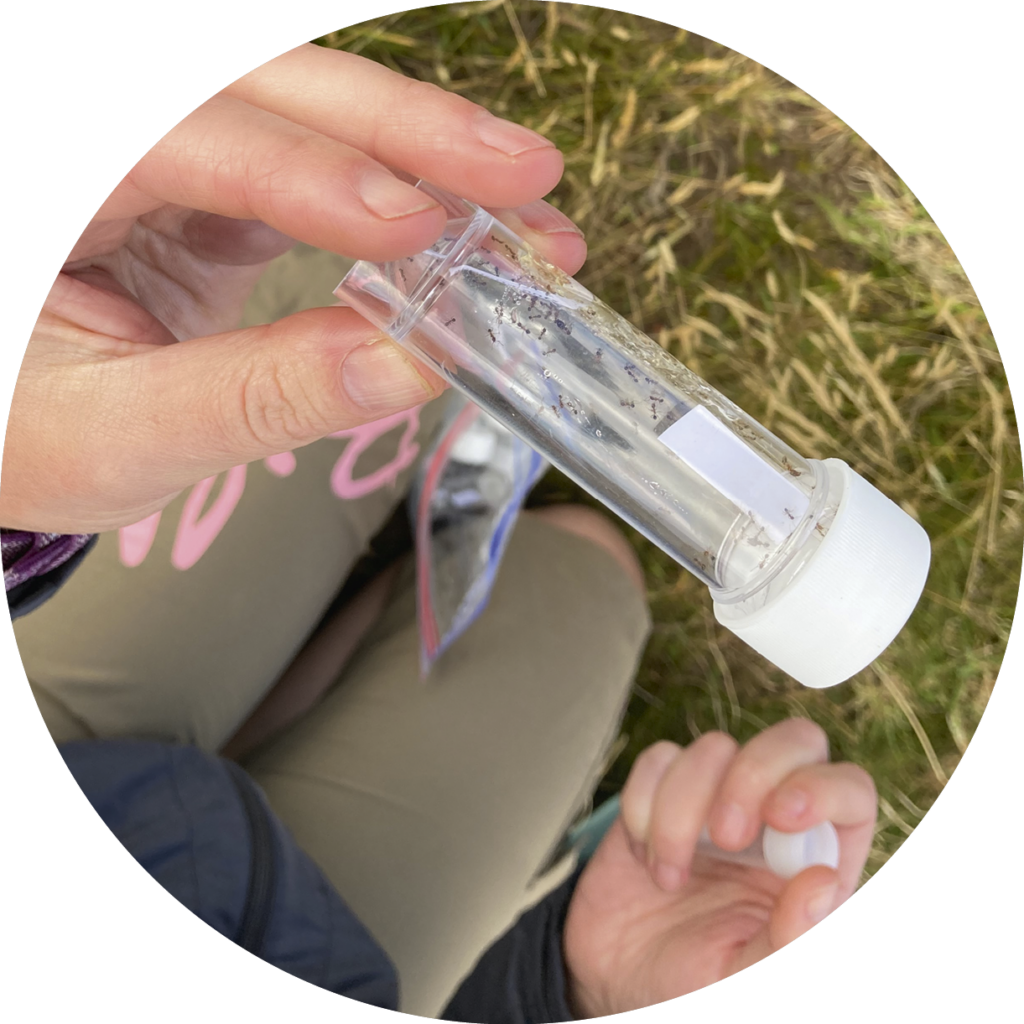MEET THE SCIENTIST
Helen Roy
Ecologist at the UK Centre for Ecology and Hydrology on invasive non-native species

“EVEN AS A SMALL CHILD I WAS CAPTIVATED BY wildlife of all kinds,” says Helen Roy. “My fascination with the interactions amongst species, the environment and people led to a career as an ecologist.” Helen currently works at the UK Centre for Ecology & Hydrology (UKCEH) within the Biological Records Centre: “I feel so privileged to work alongside amazing people on a treasure trove of datasets that only exist because of the dedication of volunteers sharing their wildlife observations.”
“Biological invasions are one of the five main causes of biodiversity change worldwide, including contributing to species extinctions,” states Helen. “People are moving species around the world at an unprecedented rate and in some cases these species manage to sustain populations, spread and adversely impact biodiversity and ecosystems – these species are termed invasive non-native species.”
“We can help manage biological invasions by making predictions about which new arrivals could be the most damaging and so raise awareness and inform action.” Helen has recently worked on a Conservation Letters study about the future threat of biological invasions across the 14 UK overseas territories, which are home to high numbers of endemic species.

“Working with amazing experts on each of the UK overseas territories, we compiled lots of information on thousands of species that could have the potential to be invasive within these unique places,” she says. This information was reviewed and scores were assigned to each species for likelihood of introduction, establishment (sustaining populations) and impact. They were also ranked as high, medium or low priority.
“The Asian green mussel was identified as a high risk for 12 of the UK overseas territories – it is spread through ballast water and ship hulls,” explains Helen. “It can form dense colonies that clog power plant infrastructure, reduce the abundance of phytoplankton and outcompete other colony-forming sedentary marine species.”
“The lists derived through this research can contribute to ongoing biosecurity surveillance, which could in part be focused on the most likely introduction pathways,” says the ecologist. “Furthermore, authorities could undertake detailed risk assessments for some of the high-risk species.”